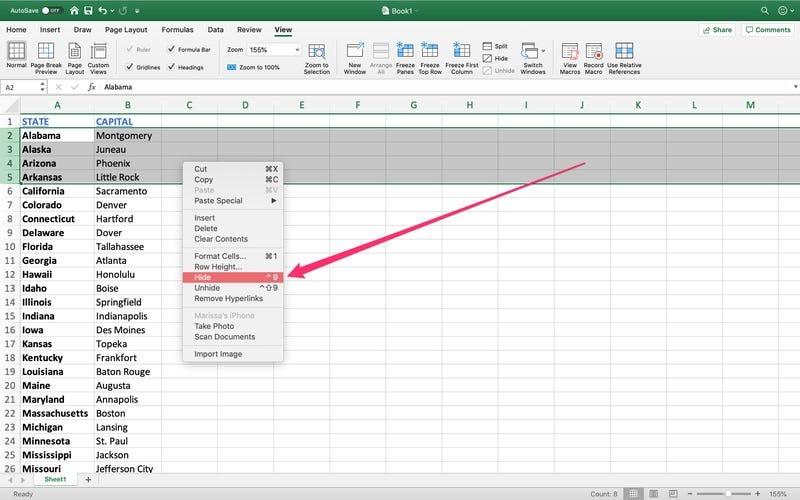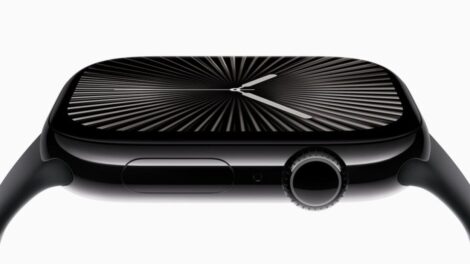In the world of data management, Excel remains a versatile and powerful tool for organizing, analyzing, and visualizing information. However, as your spreadsheets grow in complexity, the accumulation of hidden rows can quickly lead to a cluttered and inefficient document. In this comprehensive guide, we’ll walk you through the process of deleting hidden rows in Excel, empowering you to maintain a clean and organized spreadsheet environment.
Understanding the Importance of Deleting Hidden Rows in Excel
Deleting hidden rows in Excel serves several crucial purposes:
- Improved Readability and Navigation: Removing unnecessary hidden rows can make your spreadsheet more readable and easier to navigate, allowing you and your team to focus on the relevant data without distractions.
- Enhanced Data Analysis and Visualization: Eliminating hidden rows can ensure that your data is presented in a more streamlined and coherent manner, making it easier to perform calculations, create charts, and generate meaningful insights.
- Optimized Storage and Performance: Excessively large Excel files with many hidden rows can slow down your computer’s performance and consume more storage space. Deleting these rows can help optimize the file size and enhance the overall efficiency of your spreadsheet.

How to Delete Hidden Rows in Excel: Step-by-Step Guide
Now, let’s explore the step-by-step process of deleting hidden rows in Excel:
Step 1: Identify the Hidden Rows
Begin by visually scanning your spreadsheet to identify any hidden rows. Hidden rows are typically indicated by row numbers that are not visible or by gaps in the row numbering sequence.
Step 2: Unhide the Hidden Rows (Optional)
If you want to view the hidden rows before deleting them, you can unhide them by following these steps:
- Select the rows above and below the hidden rows.
- Right-click on the selected rows and choose “Unhide” from the context menu.
- The hidden rows will now be visible in your spreadsheet.
Step 3: Delete the Hidden Rows
To delete the hidden rows, follow these steps:
- Select the rows containing the hidden data that you want to delete.
- Right-click on the selected rows and choose “Delete” from the context menu.
- Excel will now permanently remove the hidden rows from your spreadsheet.
Step 4: Verify the Deletion
After deleting the hidden rows, it’s a good practice to review your spreadsheet to ensure that the correct rows have been removed and that your data is still intact.
Step 5: Regularly Review and Maintain
Deleting hidden rows in Excel should be a regular part of your spreadsheet maintenance routine. Make it a habit to review your data, identify any hidden rows, and remove them to keep your Excel document clean and efficient.
Conclusion: Embracing a Clutter-Free Excel Experience
Deleting hidden rows in Excel is a valuable skill that can help you maintain a well-organized and efficient spreadsheet environment. By following the steps outlined in this guide, you can quickly identify and remove unwanted hidden rows, improving the overall readability, data analysis, and performance of your Excel documents.
Remember, regular maintenance and optimization of your Excel spreadsheets can have a significant impact on your productivity and the quality of your data. Embrace the power of hidden row deletion, and let the benefits of a decluttered Excel experience transform your data management workflows.










Add Comment